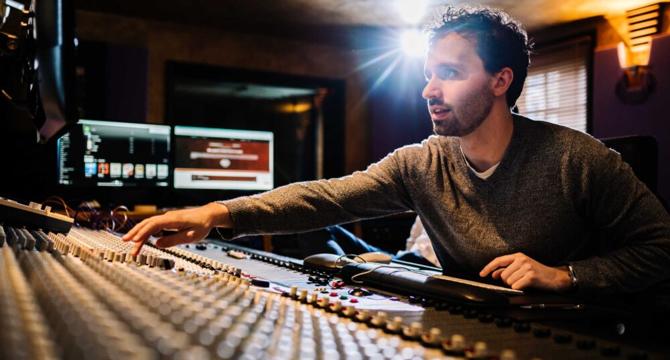TechBullion
1M
269

Image Credit: TechBullion
Most Indie Artists Can’t Afford a Film Orchestra, But Oscar Osicki Built a System to Give Them One Anyway
- Orchestras were historically financially out of reach for most artists due to logistics and high costs, until technology advancements made it possible for emerging artists to access orchestral sounds.
- Composer and producer Oscar Osicki developed a workflow using smart sampling, hybrid scoring techniques, and virtual spaces to bring orchestral depth to independent artists.
- Sampling revolutionized orchestration for independent artists by allowing detailed recording of every note, articulation, and dynamic, enabling cinematic production at a fraction of the cost.
- Advancements in legato scripting and deep sample sets have enhanced expressive realism in sampled music by capturing transitions and performances with unique nuances.
- Convolution reverb plays a crucial role in creating a lifelike acoustic environment for digital orchestras, enhancing the unity and realism of sampled instruments.
- The use of convolution reverb allows for recreating various acoustic spaces, from concert halls to scoring stages, and unifying the digital orchestra into a cohesive ensemble.
- Technology enables creative experimentation by blending traditional orchestration with modern production techniques, such as rhythmic gates and sidechain compressors.
- Oscar Osicki's collaboration with artists like Chloe Edgecombe demonstrates how digital instruments and live solo overdubs can create orchestral scores without traditional recording costs.
- Through innovative arrangements and leveraging digital tools, artists like Osicki make immersive orchestral productions accessible to emerging artists without the need for a large budget.
- The accessibility of cinematic music for emerging artists showcases how technology has transformed the music landscape, providing opportunities for artists to express themselves with orchestral depth.
- Osicki's focus is on using technology to enhance storytelling and emotional expression through orchestral music, offering artists a platform to communicate their narratives effectively.
Read Full Article
16 Likes
For uninterrupted reading, download the app